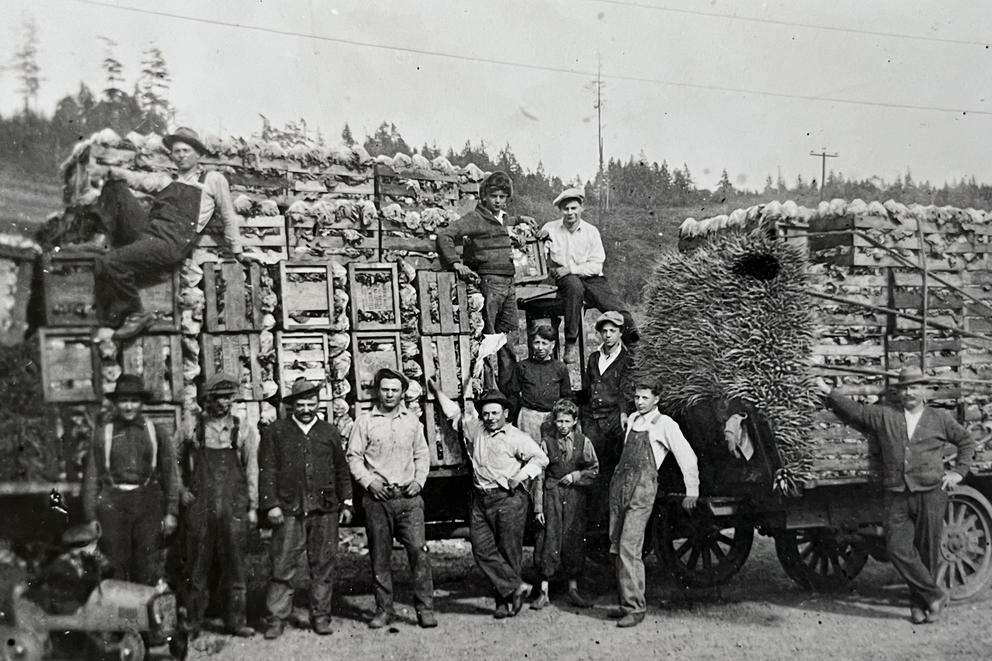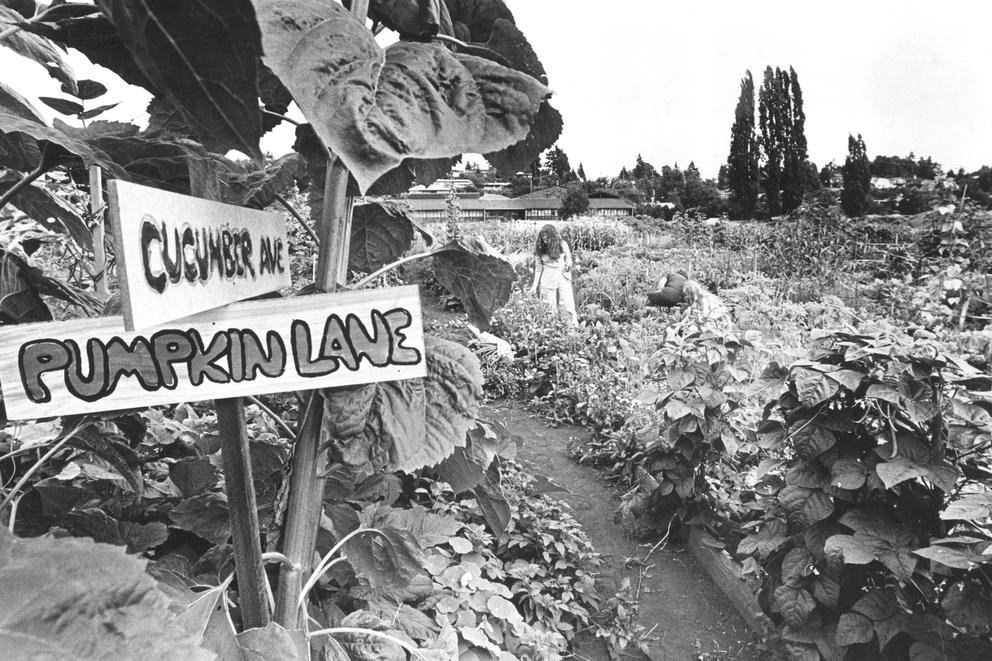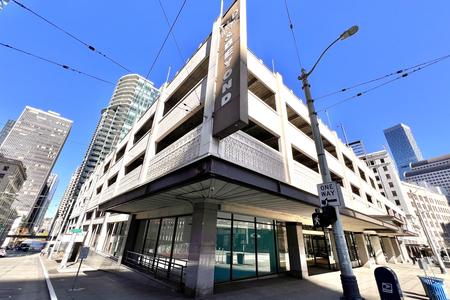The Picardo family had immigrated from a hill town north of Naples, Italy, in the 1890s and, starting in South Park, had farmed in Seattle for decades. Their last farm was in north Seattle. They grew lettuce, cabbage, radishes, celery, turnips, spinach, beans and other veggies which the Picardos sold at Pike Place Market. During Prohibition, they buried their “crop” of homemade wine in jugs in their field to hide it from the authorities. By the mid-1960s, the farm wasn’t paying anymore. It was doubly difficult with development nibbling at the edges and taxes rising. Their once-30-acre plot was whittled down to a few acres.
The best option seemed to be to sell.
In the early 1970s, rescue came in the form of an idea. Could the farm, or at least part of it, be repurposed to grow food for the needy and teach children to garden?
The idea came from one of Picardo’s Wedgwood neighbors, University of Washington student and Puget Sound Consumers Co-op member Darlyn DelBoca. The struggles of local farmers were top-of-mind in 1971. Seattle voters were being asked to pass a citizens’ initiative to save Pike Place Market from a massive city-approved redevelopment scheme, which would likely have destroyed the city’s longstanding farm-to-table system.
Seattle was also still feeling the impact of the 1970 Boeing Bust. Many people needed help during what was the worst economic downturn here since the Great Depression. If ecological consciousness was high, so too were concerns about the well-being of fellow Seattleites.
DelBoca had noticed the potential of the Picardo property. Perhaps the land could be preserved. She approached Rainie Picardo, who let her use some of the land to start a garden with local children. Her volunteer project taught kids how to grow their own food — good food too, without chemicals or fertilizers. The crops would be donated to the new local food bank, Neighbors in Need, created to help people struggling during the Boeing recession.
The idea intrigued then-City Council candidate John Miller — later a U.S. congressman and ambassador — and he decided to do something about it if he was elected. As it turned out, he was, and that election was key.
In Jeffrey Craig Sanders’ history, Seattle and the Roots of Urban Sustainability: Inventing Ecotopia, he writes: “A revolution in city politics during the period of the market preservation battle brought a younger and neighborhood-oriented council to power in the ’70s.” Miller was part of that cohort.
With a new wave in power at City Hall, DelBoca and her neighbors put together a proposal asking the City Council to assist with the experimental gardening program. The city would lease Picardo’s acres for a community truck garden, and the lease payment (less than $700) would cover Rainie Picardo’s tax bill. They envisioned up to 300 plots leased to individuals to raise vegetables, fruit and flowers. The Puget Consumers Co-op would organize the gardeners with help from the parks department and a master gardener.
In March 1973, the Council approved the plan for a 10-month trial. The garden was called a P-Patch — “P” stood for Picardo.
Demand for plots was strong. By 1974, more than 2,500 people were working in 750 plots in 10 patches around the city. To celebrate, Picardo’s P-patchers hosted a vegetarian feed for city officials in hopes of getting good publicity and encouraging renewal of the program. The mayor and council members dined on corn, zucchini bread, borscht, broccoli, pumpkin pie and dandelion tea — all made with ingredients from the pioneer P-Patch. The city eventually bought Picardo’s 2.5 acres.
P-Patches have since proliferated. There are now some 90 P-patches in virtually every corner of the city, including Downtown and in public housing. If Seattle is a city of neighborhoods, P-patches help bind them. In his book Neighborhood Power: Building Community the Seattle Way, the former head of the Dept. of Neighborhoods, Jim Diers, wrote “Gardeners organize concerts, barbecues, art shows, plant sales and other public events in their P-Patch that also strengthen the sense of community.” P-patches, he said, “cultivate communities.”
Historian Sanders wrote that “The P-Patch was the first of many creative counterculture experiments in liberating land from the market, building a smaller decentralized community context and educating the public about organic produce and the ideas of ecology.” As a result, these gardens have shaped the city, what we grow and what we eat for the last half-century.
That’s a large legacy for a small plot of family farmland in Wedgwood.





